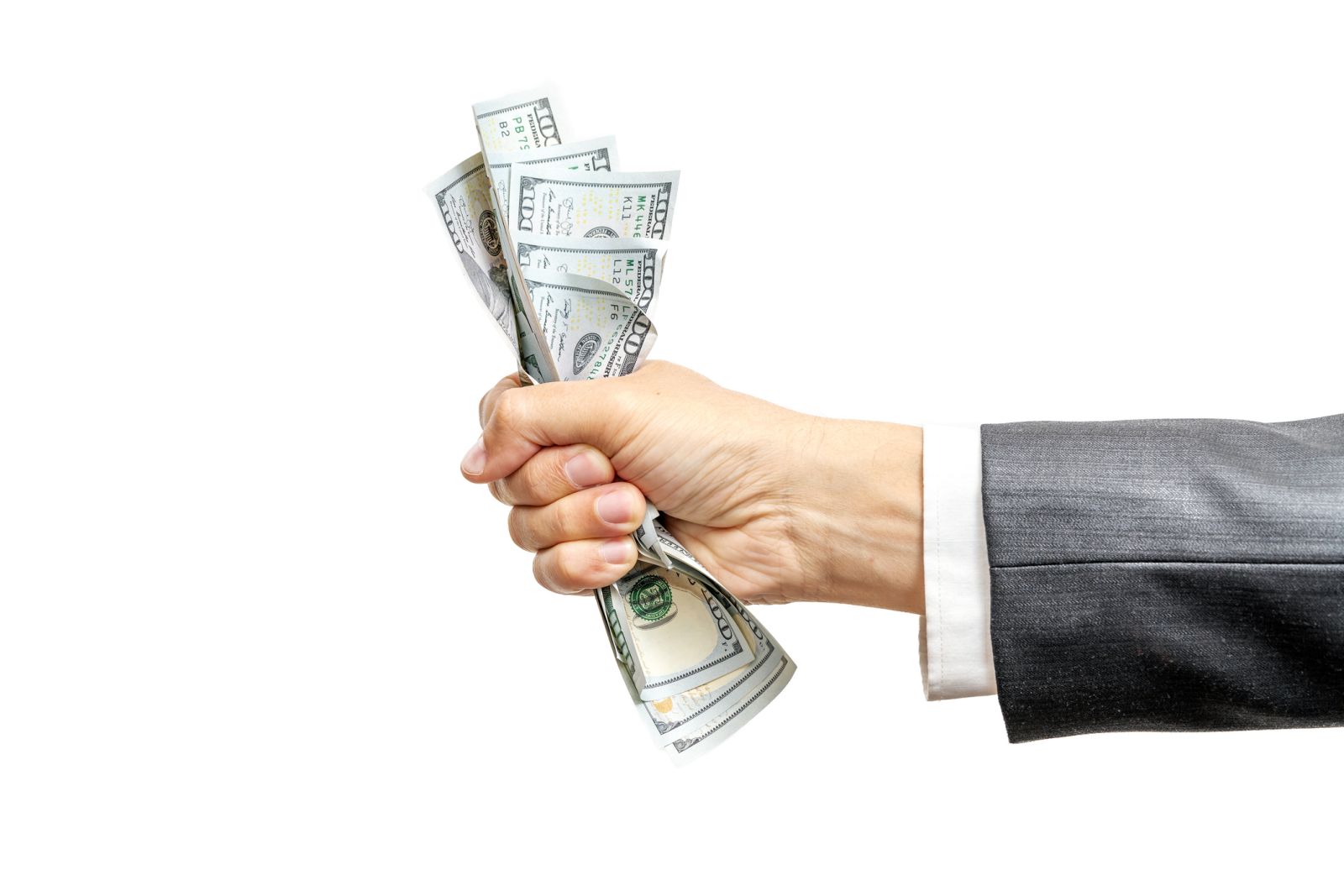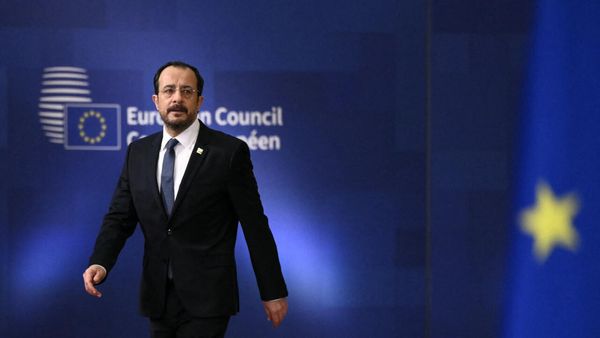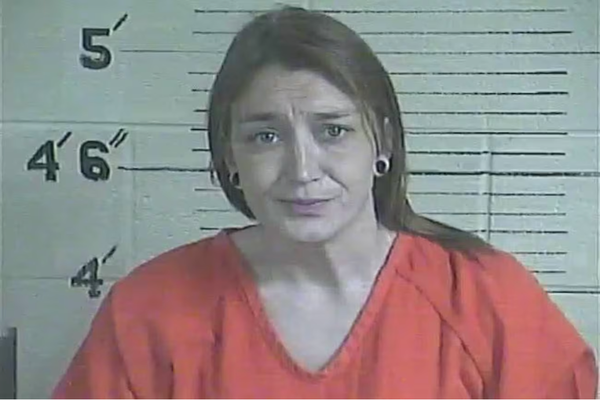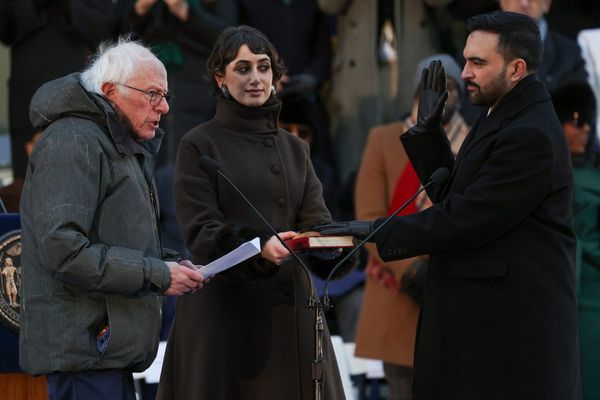
The dollar index (DXY00) on Thursday rose by +0.64% to a 3-week high. The dollar rallied as Thursday’s US economic reports were hawkish for Fed policy. US Q2 GDP expanded more than expected, weekly jobless claims unexpectedly fell to a 2-month low, and August core (ex-defense and aircraft) capital goods new orders rose more than expected. Also, Thursday’s weakness in stocks boosted some liquidity demand for the dollar. The dollar added to its gains on Thursday on hawkish comments from Kansas City Fed President Jeff Schmid, who signaled that the Fed may not need to lower interest rates again soon, citing the need to continue bringing down inflation.
US Q2 GDP was revised upward to +3.8% (q/q annualized), stronger than expectations of no change at +3.3%. Q2 personal consumption was revised upward to +2.5%, stronger than expectations of +1.7%. The Q2 core PCE price index was unexpectedly revised upward to +2.6%, stronger than expectations of no change at +2.5%.
US weekly initial unemployment claims unexpectedly fell by -14,000 to a 2-month low of 218,000, showing a stronger labor market than expectations of an increase to 233,000.
US Aug core (ex-defense and aircraft) capital goods new orders, a proxy for capital spending, rose +0.6% m/m, stronger than expectations of no change.
US Aug existing home sales fell -0.2% m/m to 4.00 million, stronger than expectations of 3.95 million.
Kansas City Fed President Jeff Schmid signaled the Fed may not need to lower interest rates again soon and said the current stance of Fed policy is “slightly restrictive, which I think is the right place to be as inflation remains too high while the labor market, though cooling, still remains largely in balance.”
The markets are pricing in an 86% chance of a -25 bp rate cut at the next FOMC meeting on Oct 28-29.
EUR/USD (^EURUSD) on Thursday fell by -0.65% to a 3-week low. Thursday’s rally in the dollar weighed on the euro. Losses in the euro accelerated Thursday afternoon on ramped-up tensions between Russia and NATO after European diplomats said they are prepared to shoot down Russian aircraft if further airspace violations are detected. The euro received underlying support from the stronger-than-expected German October GfK consumer confidence report.
The euro also has support from central bank divergence, as the markets view the ECB as largely finished with its rate-cut cycle, while the Fed is expected to cut rates by roughly two more times by the end of this year.
Eurozone Aug new car registrations rose +5.3% y/y to 678,000 units.
Eurozone Aug M3 money supply rose +2.9% y/y, weaker than expectations of +3.3% y/y and the slowest pace of increase on a year.
The German Oct GfK consumer confidence survey rose +1.2 to -22.3, stronger than expectations of -23.3.
Swaps are pricing in a 1% chance of a -25 bp rate cut by the ECB at the October 30 policy meeting.
USD/JPY (^USDJPY) on Thursday rose by +0.56%. The yen dropped to a 1.75-month low against the dollar Thursday after Japan’s Aug PPI services prices rose less than expected, a dovish factor for BOJ policy. Also, higher T-note yields on Thursday weighed on the yen.
On the positive side for the yen was the slightly hawkish minutes of the July 30-31 BOJ meeting, which showed one policymaker stating that the BOJ shouldn’t be overly cautious and risk missing an opportunity to raise interest rates.
Japan Aug PPI services prices rose +2.7% y/y, weaker than expectations of +2.9% y/y.
December gold (GCZ25) on Thursday closed up +3.00 (+0.08%), and December silver (SIZ25) closed up +0.922 (+2.09%). Precious metal prices settled higher on Thursday, with silver up sharply as Dec silver posted a contract high and nearest-futures (U25) posted a 14-year high.
Gold prices recovered from early losses on Thursday and turned higher as the escalation of Russian-NATO tensions boosted safe-haven demand for gold after European diplomats said they are prepared to shoot down Russian aircraft if further airspace violations are detected. Precious metals continue to receive safe-haven support due to uncertainty tied to US tariffs and the outlook for the Fed to cut interest rates by another 50 bp this year. Also, President Trump’s attacks on Fed independence are boosting demand for gold, as he attempts to fire Fed Governor Cook. Additionally, Stephen Miran’s intention to be a Fed Governor while still technically holding his White House job on the Council of Economic Advisors contributes to this uncertainty. Finally, geopolitical risks and global trade tensions have boosted safe-haven demand for precious metals.
Thursday’s rally in the dollar to a 3-week high was bearish for precious metals. Also, higher global government bond yields on Thursday were negative for precious metals. In addition, Thursday’s better-than-expected US economic reports were hawkish for Fed policy and bearish for gold. Hawkish comments on Thursday from Kansas City Fed President Jeff Schmid weighed on gold prices, as he signaled that the Fed may not need to lower interest rates again soon, citing the need to continue bringing down inflation.
However, the strength in Thursday’s US economic news indicates that the economy is continuing to expand, a supportive factor for industrial metals demand and silver prices.
Precious metals prices continue to receive support from fund buying of precious metal ETFs. Gold holdings in ETFs rose to a nearly 3-year high on Tuesday, and silver holdings in ETFs rose to a 3-year high on Wednesday.







